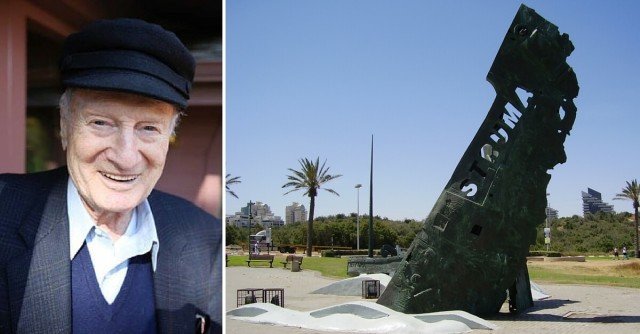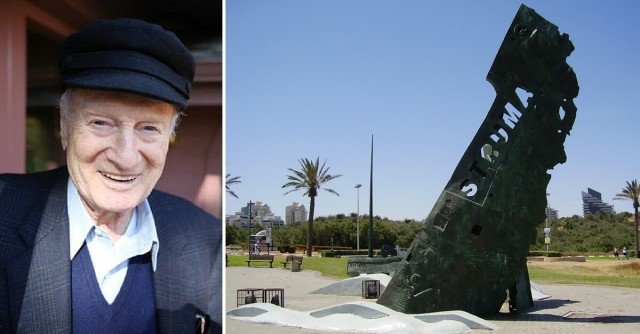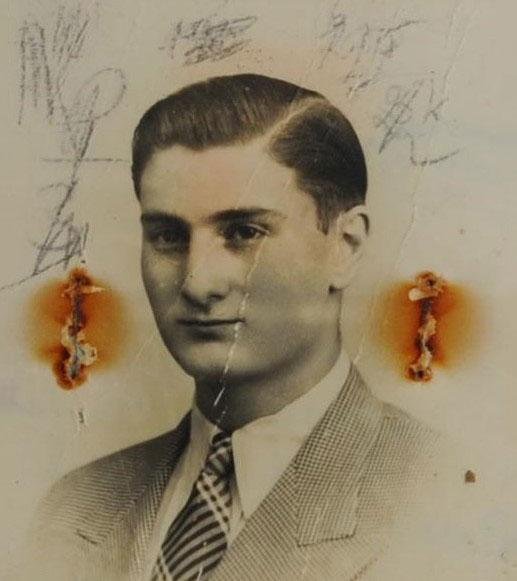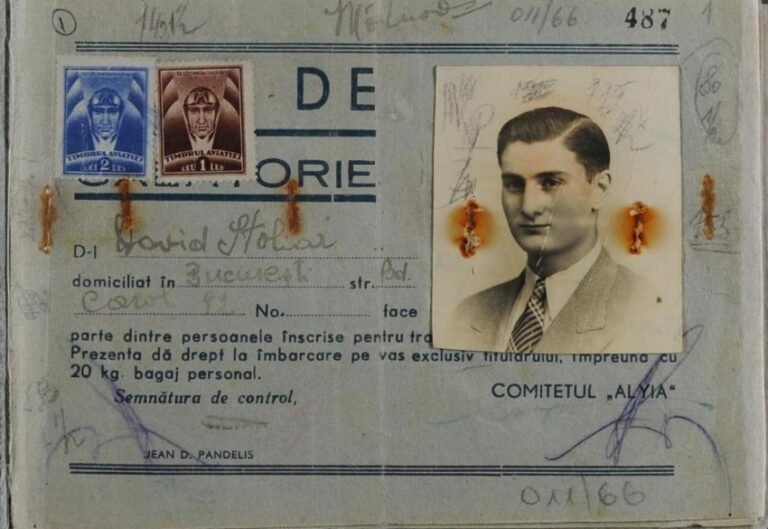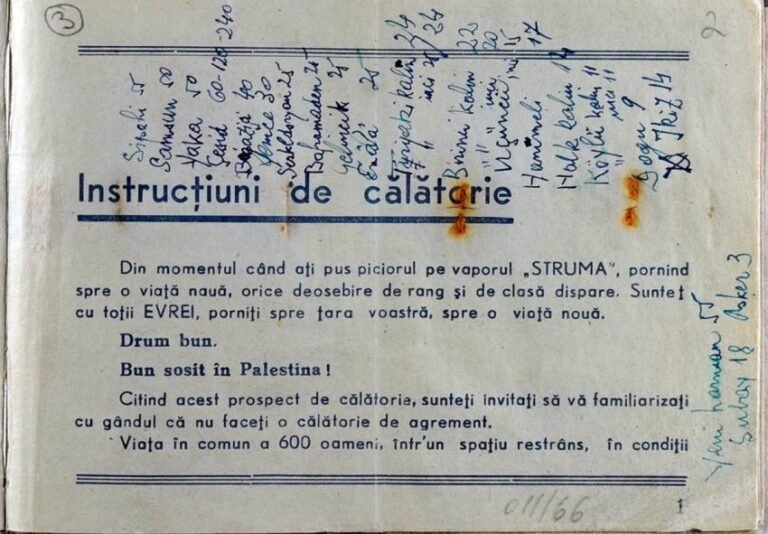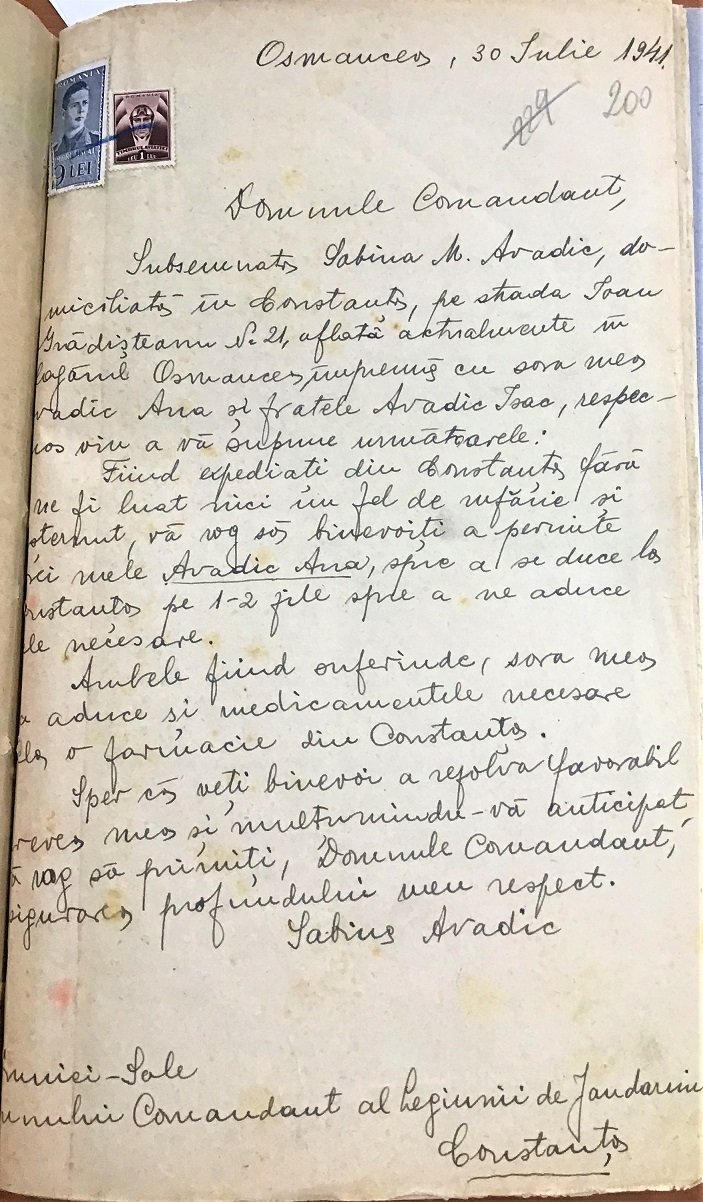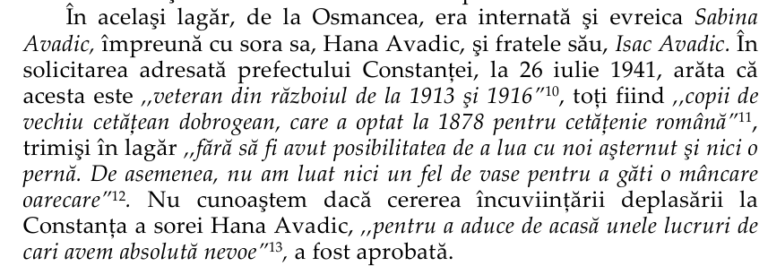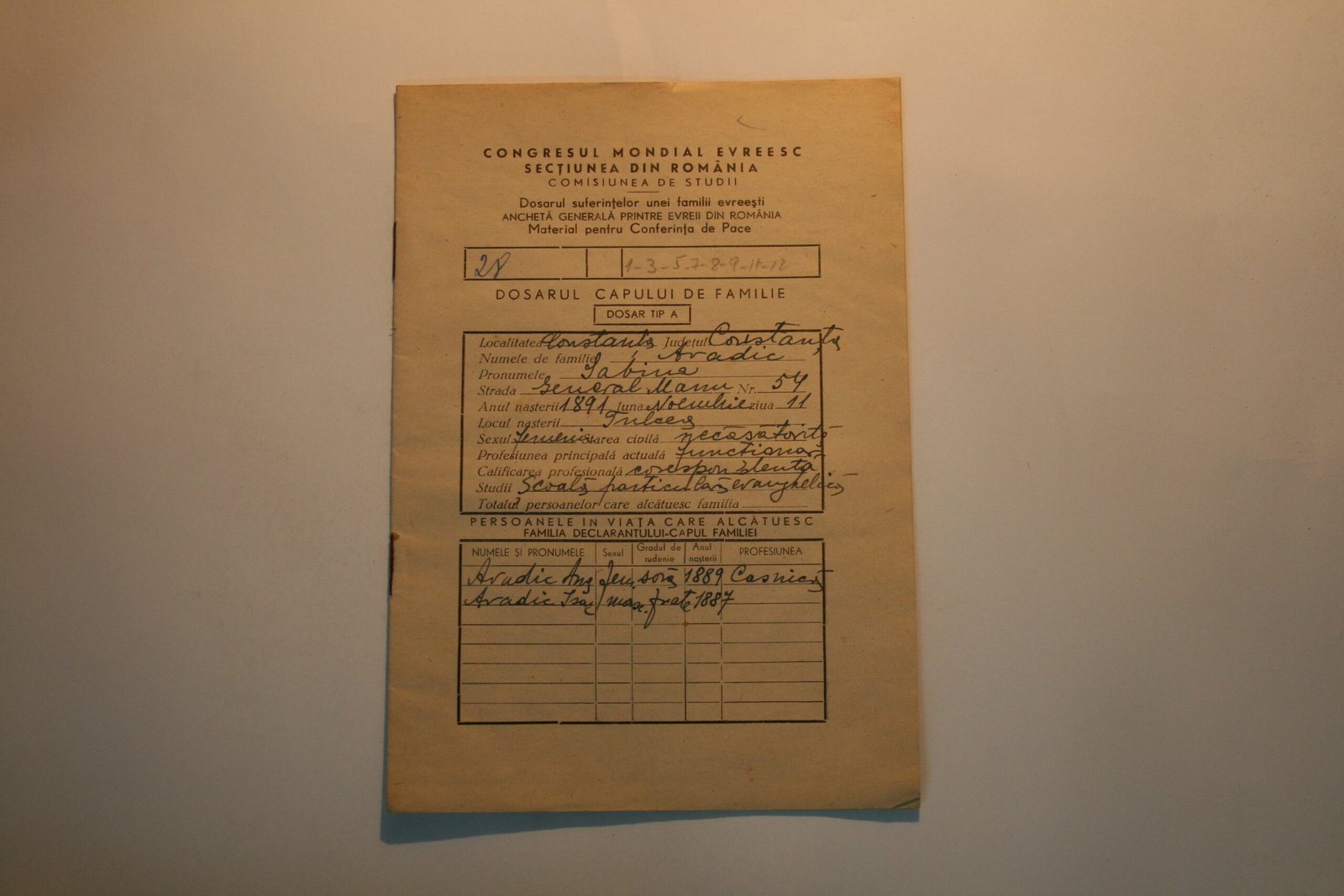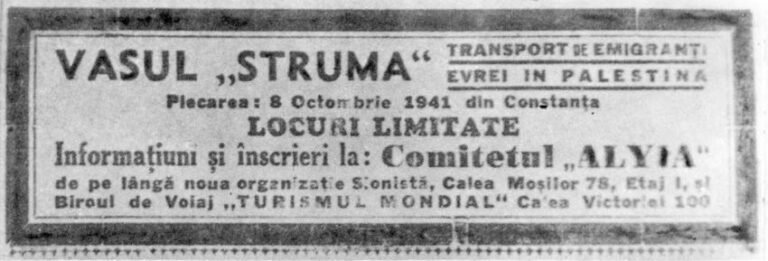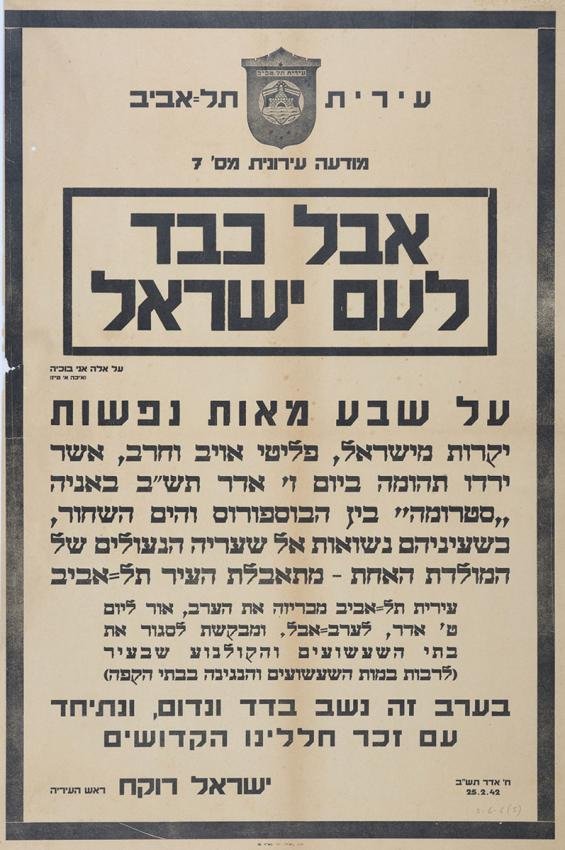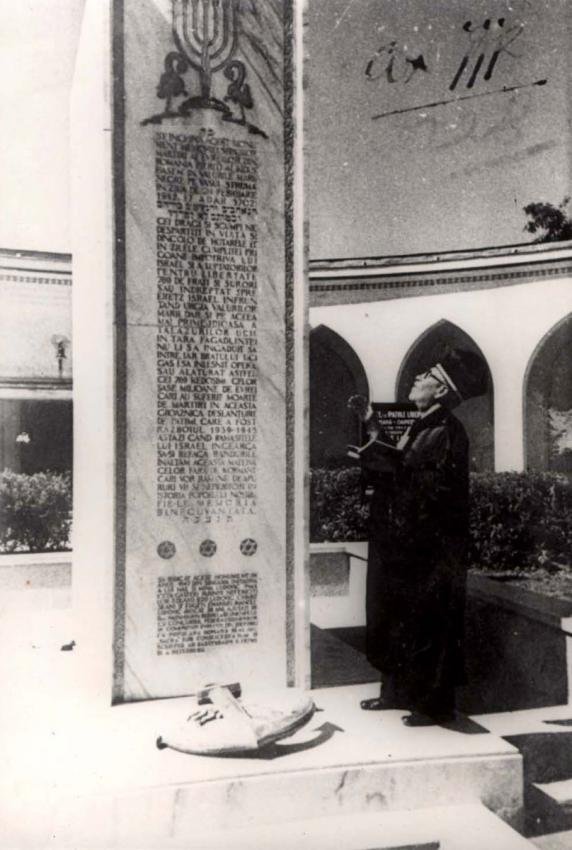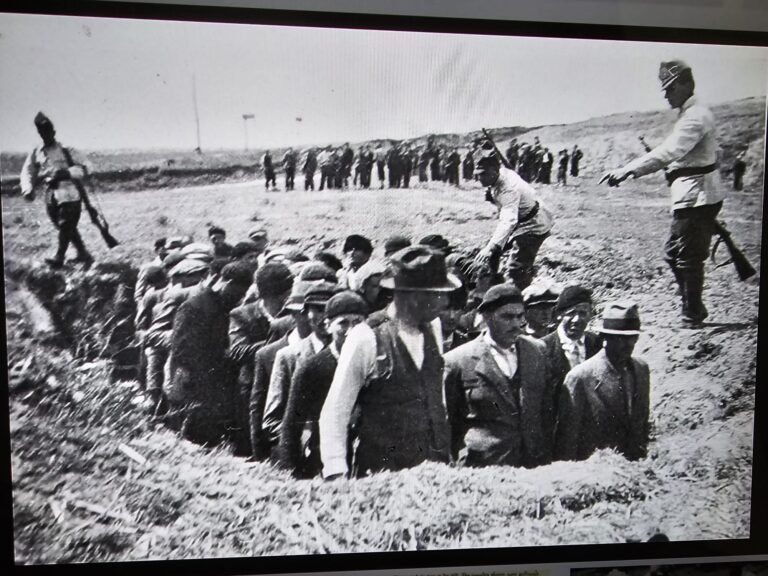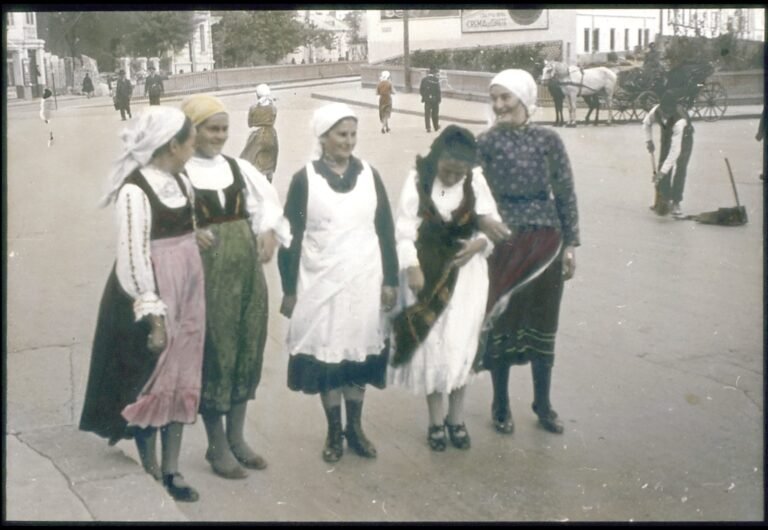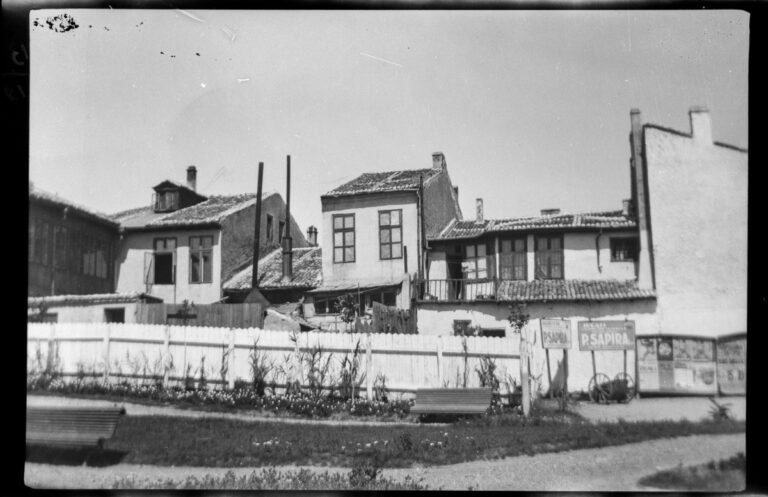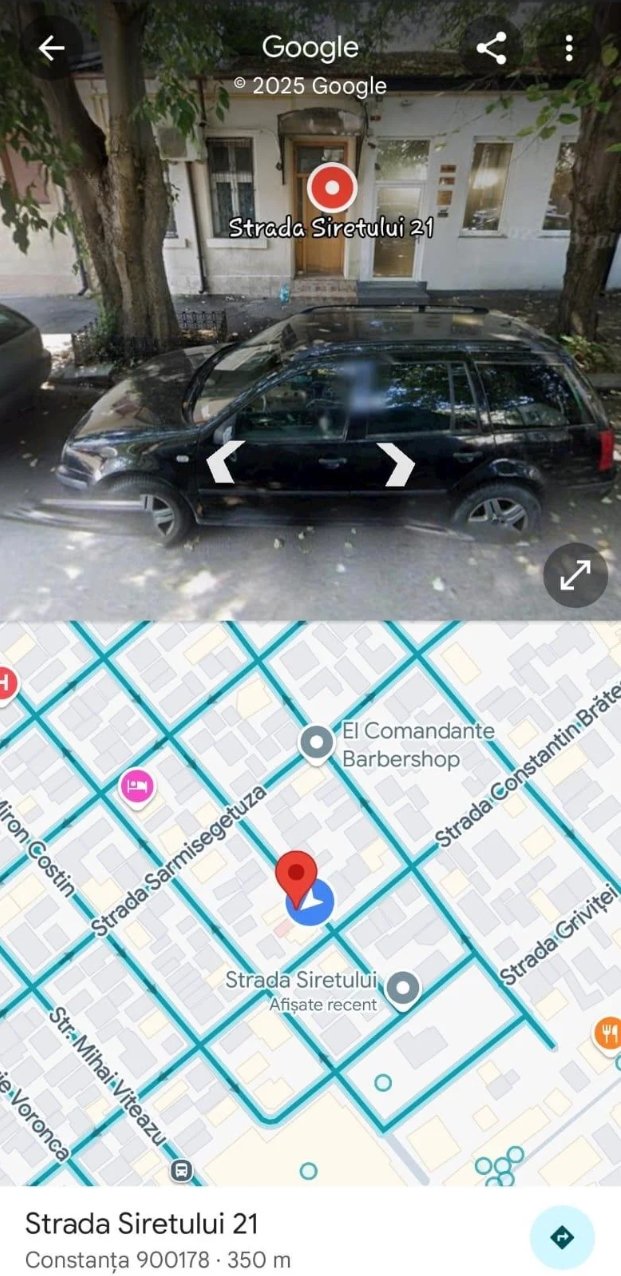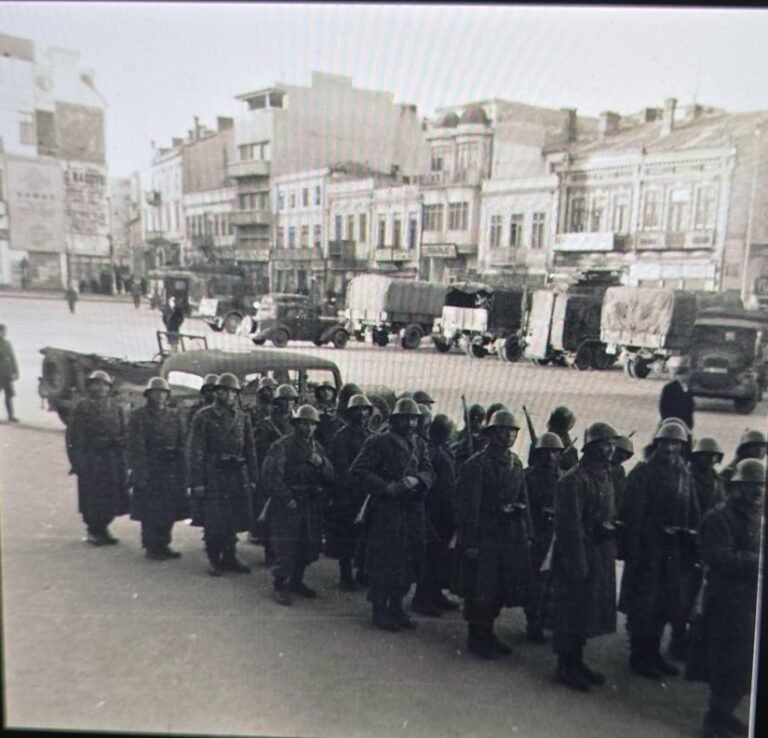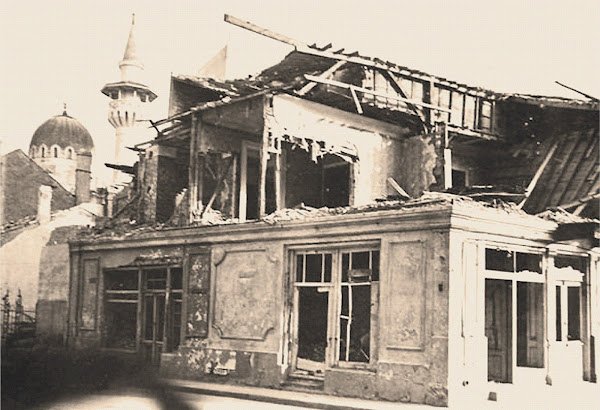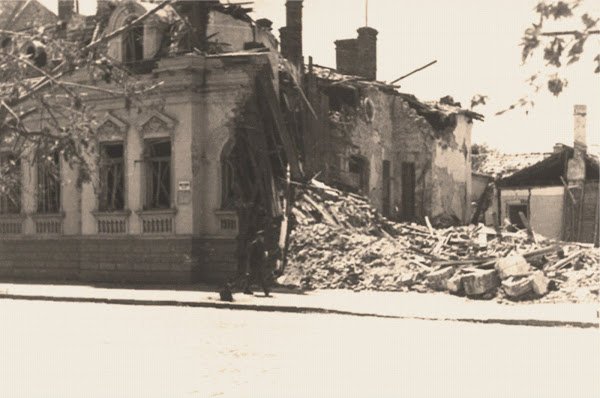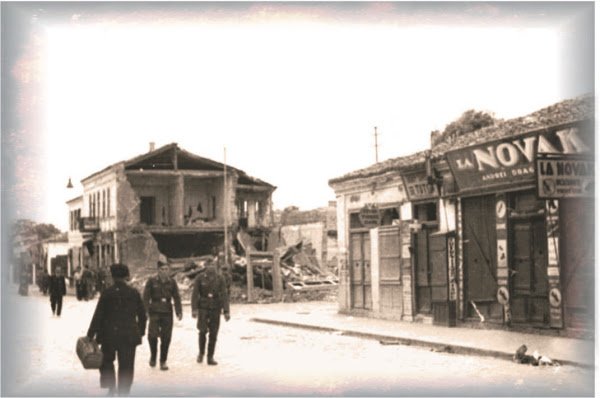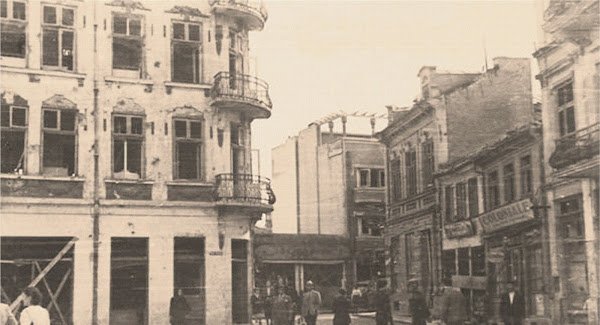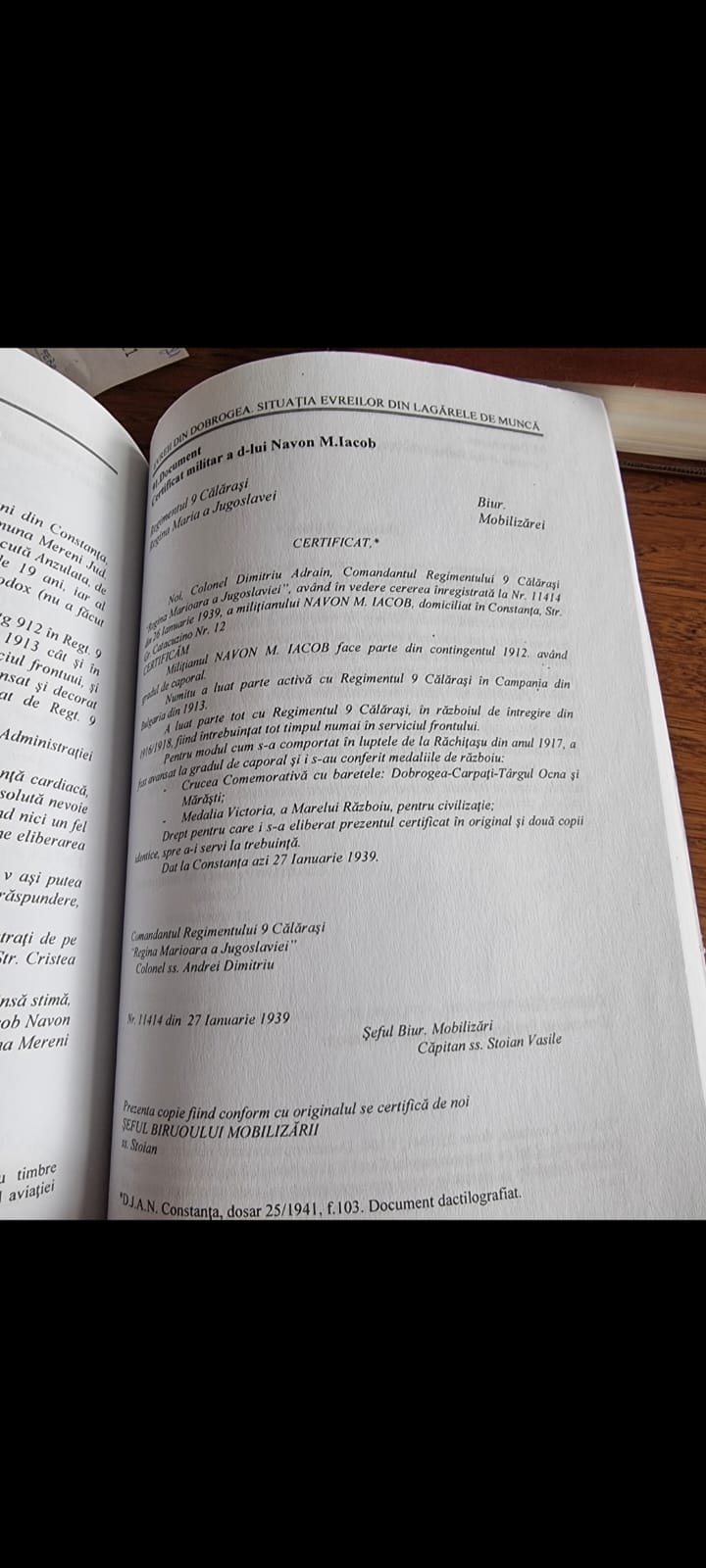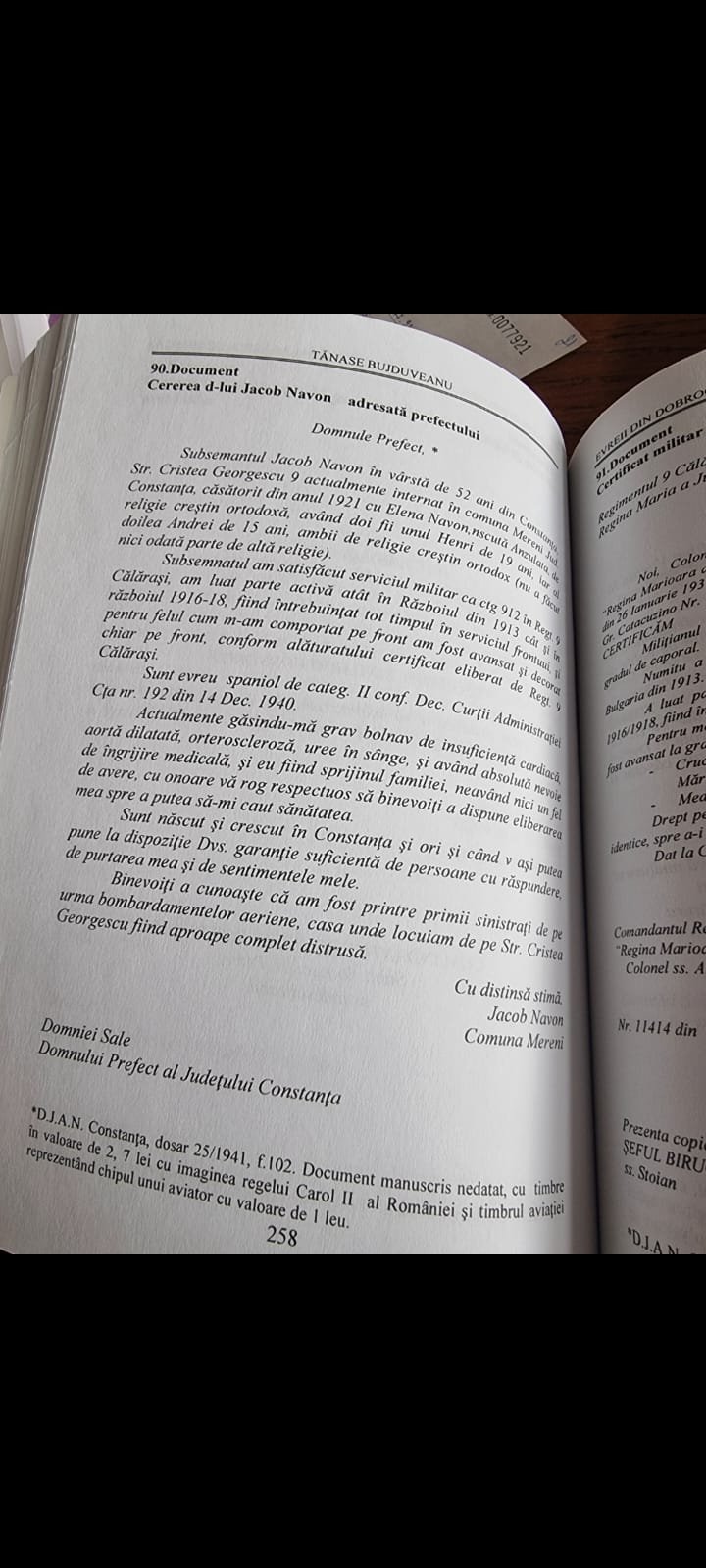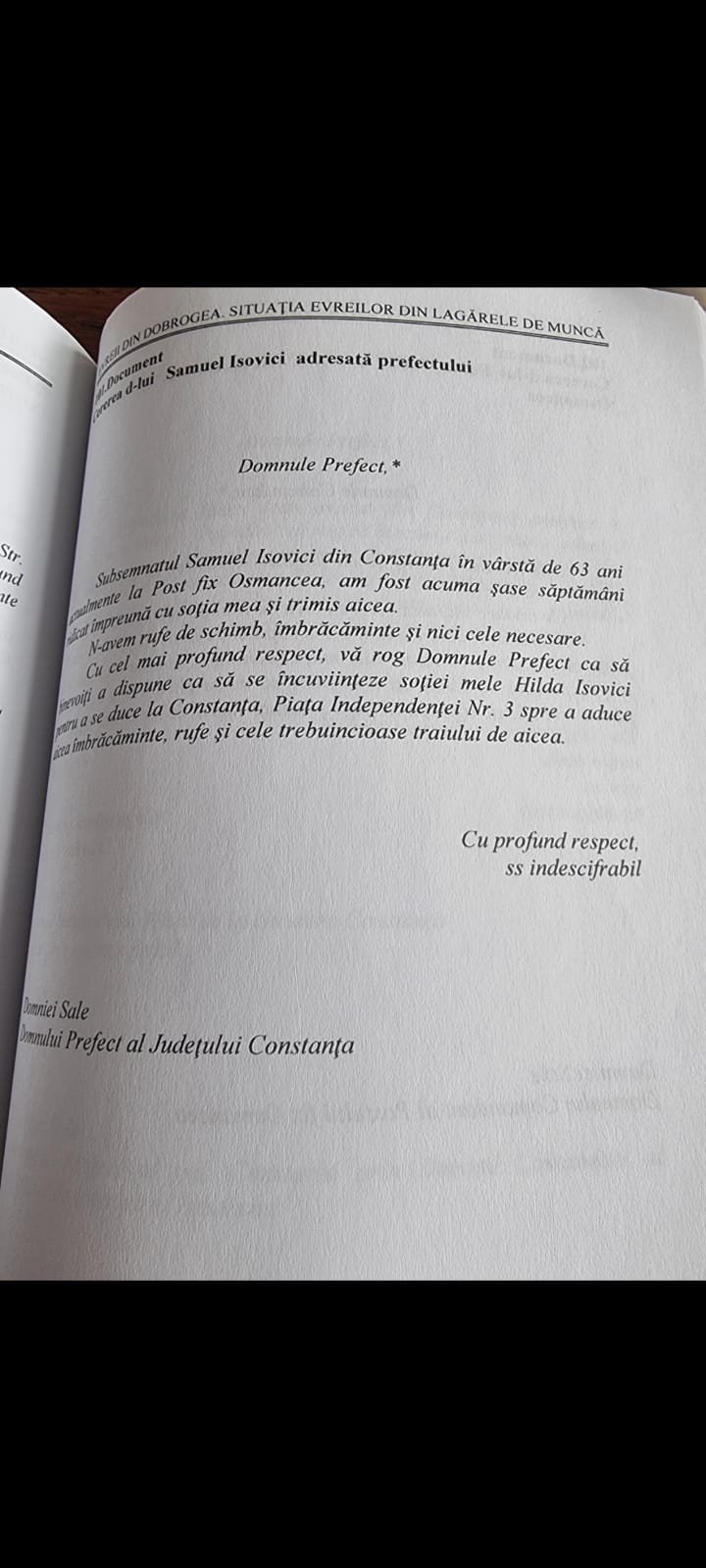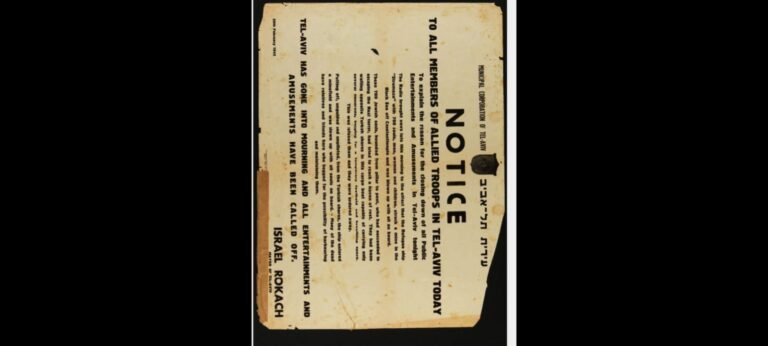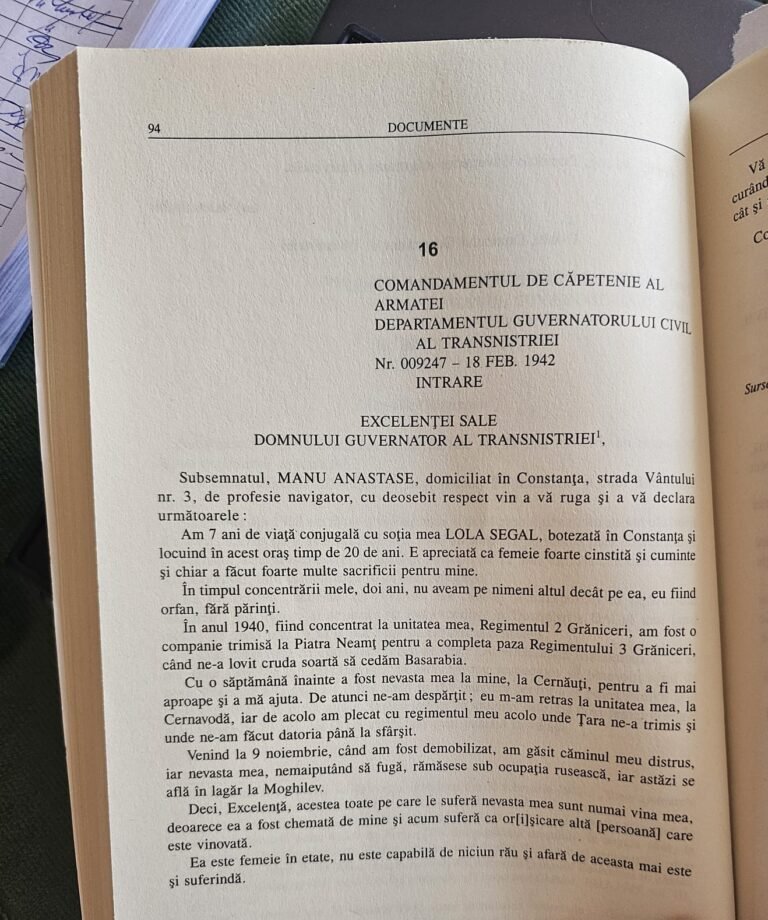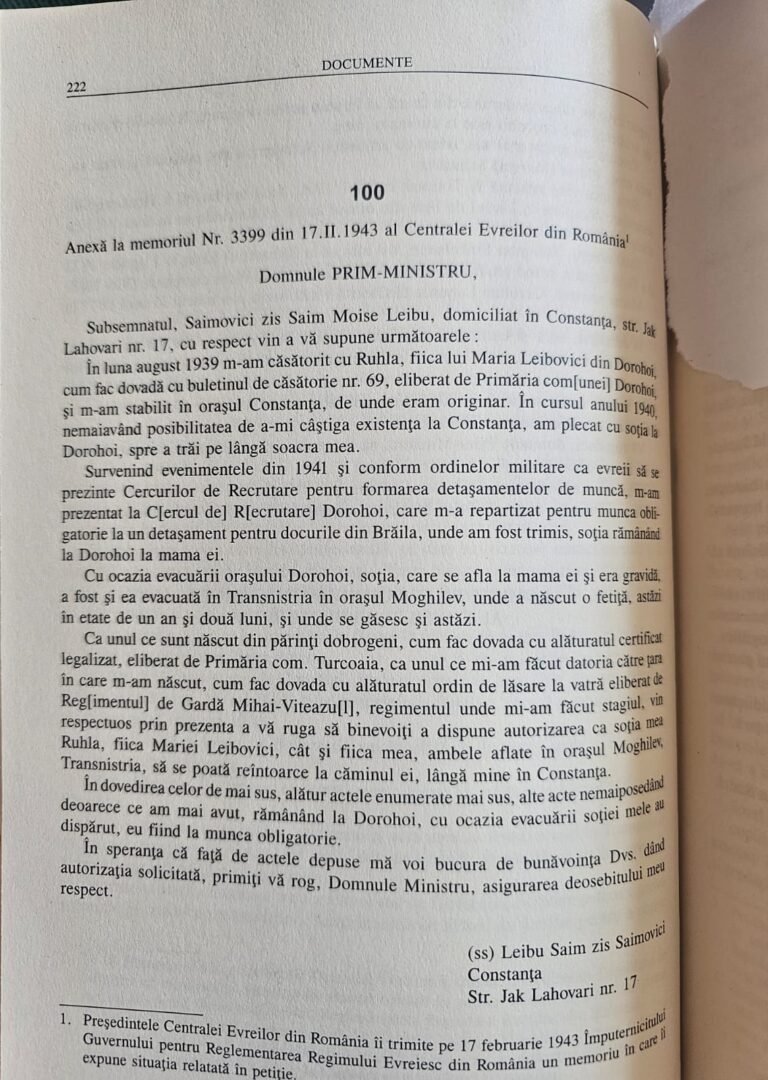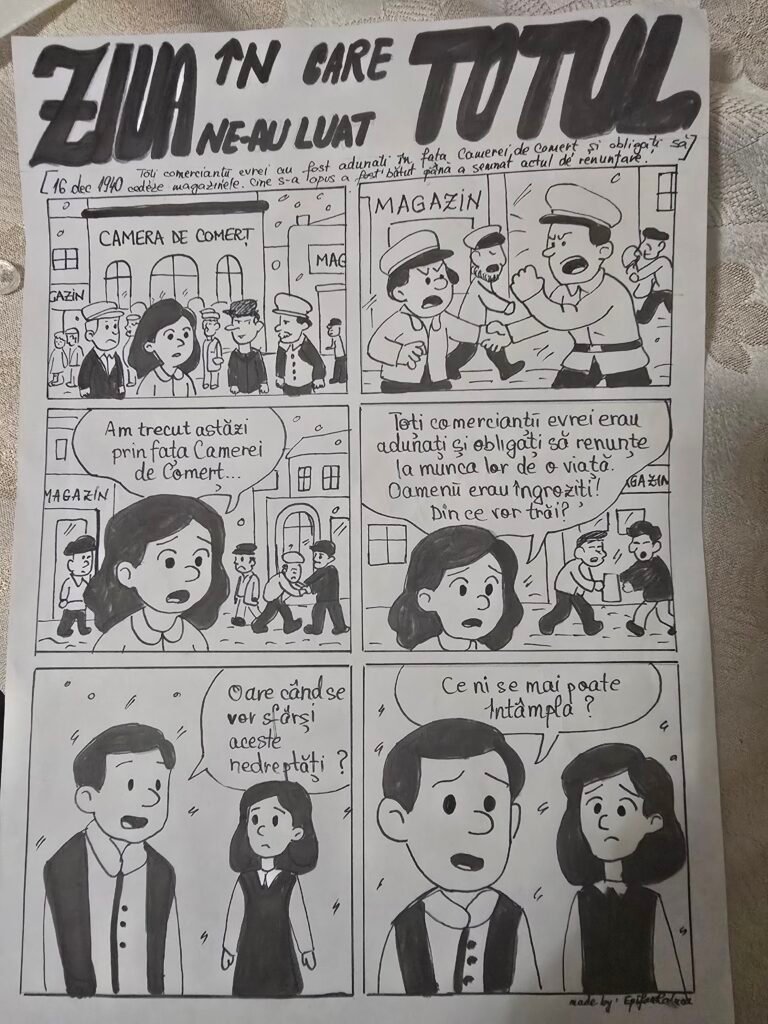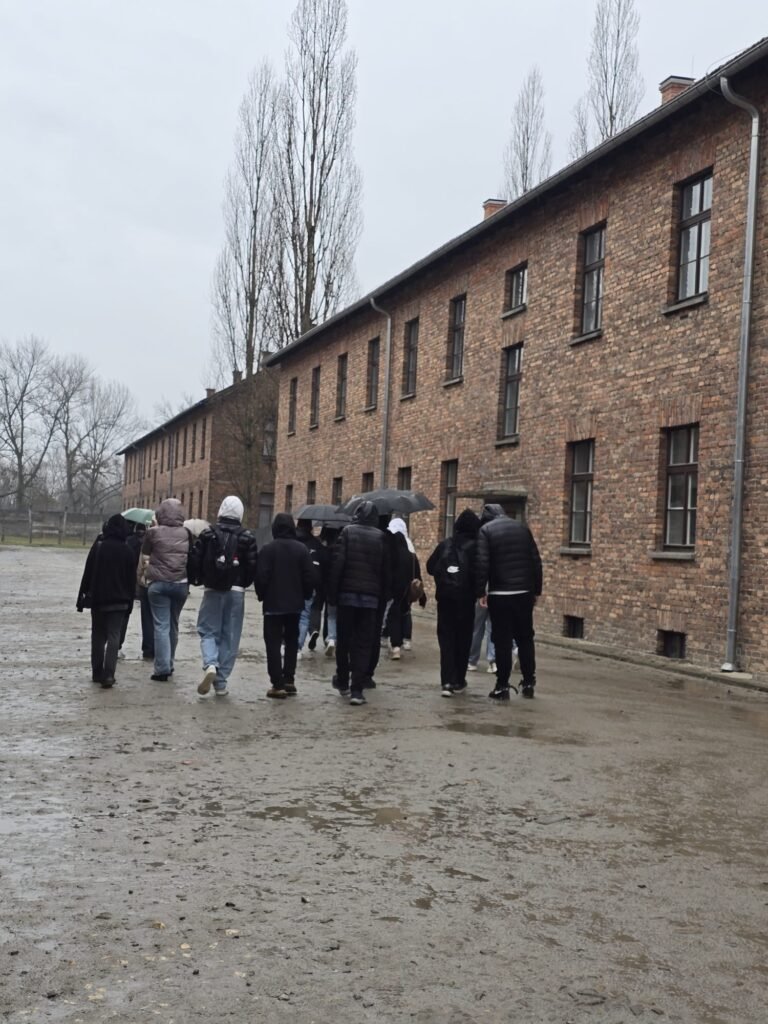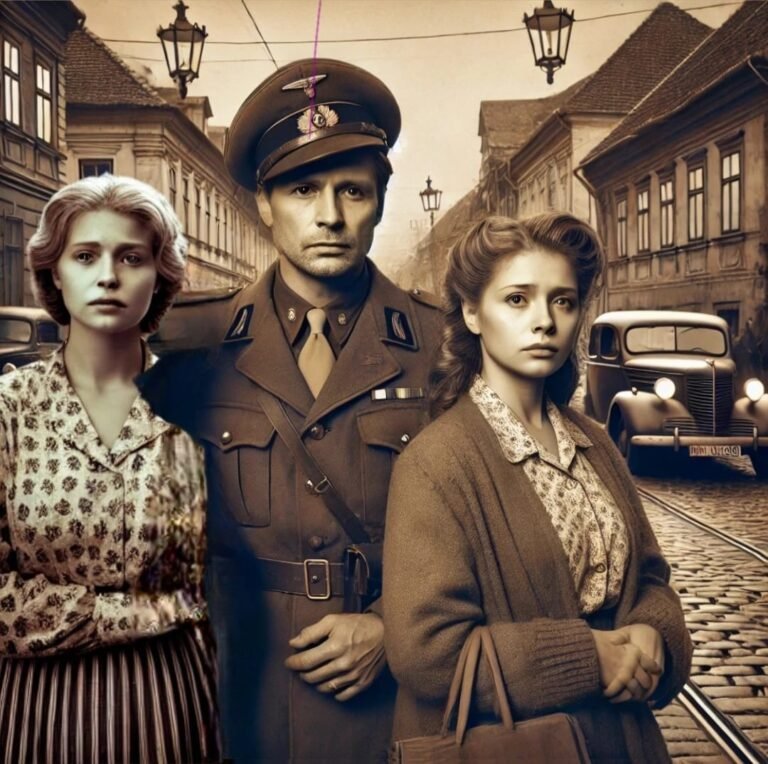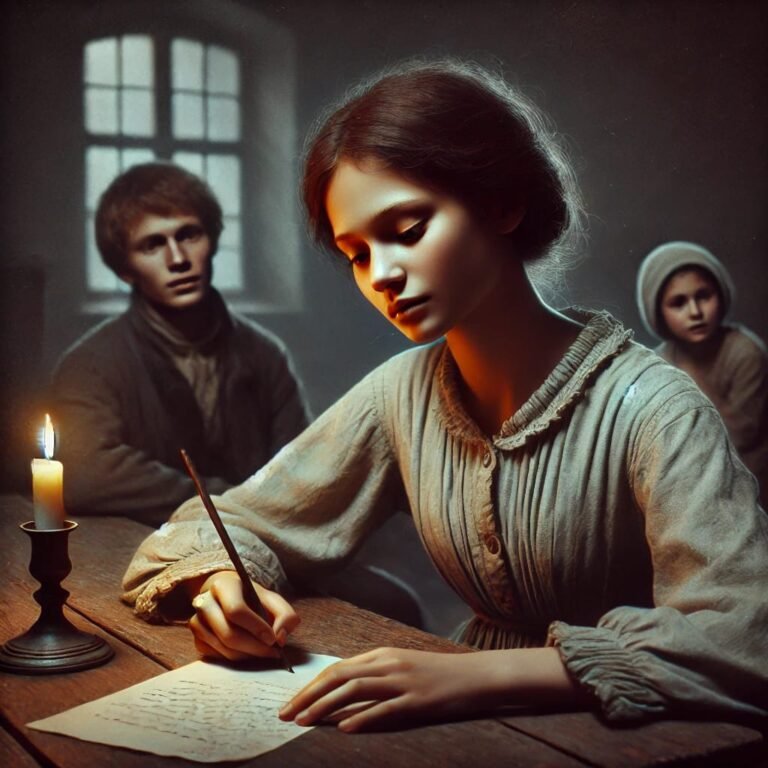Archives: 24
- Archival Document: 4
- Historical Photographs: 19
- Historical Newspapers: 0
- Letters and Postcards (text): 1
- Postcards (pictures), Posters, Flyers, etc.: 0
- Historical Films: 0
- Artifacts: 0
Testimonies: 4
- Survivor - Video testimony: 0
- Survivor - Written testimony: 4
- Survivor - Your Interview: 0
- Witness - Video testimony: 0
- Witness - Written testimony: 0
- Witness - Our Interview: 0
Libraries (recommendation): 9
- Literature (non-fiction) - Scientific literature recommendation: 1
- Literature (non-fiction) - Biography recommendation: 0
- Literature (non-fiction) - Textbooks and literature recommended for education: 5
- Literature and Art - Poetry recommendation: 0
- Literature and Art - Novels, Stories: 1
- Literature and Art - Visual art, Music: 2
Field research recommendation: 4
- Museum, Monument, Memorial, and other marked authentic sites - recommendation: 2
- Authentic sites (not marked) - Sites where relevant historical events took place: 1
- Authentic sites (not marked) - Sites where the events of your story took place - recommendation: 1
- Visit/get in touch with the community/ association/ organization/ representatives of the victim group - recommendation: 0
Records and Tasks
David Stolian- survivor of Struma vessel
David Stoliar story and photo about the vessel
David Stoliar, lone survivor of WWII refugee ship disaster, dies at 91
David Stoliar survivor testimony
David Stoliar, Sole Survivor of the Struma Disaster
David Stoliar's ticket for the Struma voyage, issued by the "Aliyah Committee" in Romania
Page from David Stoliar's ticket for the Struma voyage, containing words of encouragement for the passengers.
The letter from Sabina Avadic for the prefect of the county hoping to escape for colecting necessary things for daily living.
Details about Sabina's letter
Sabina's documents
Notice about registration for the voyage on the Struma
Obituary published by the Tel Aviv Municipality the day after the sinking of the Struma and the death of its passengers.
Monument in Budapest in memory of the victims of the Struma disaster
1940 Press Photo Constanta, Romania Harbor Closed by Army
Letters from people who were taken to work camps
People who were taken to camps
Women clothes
Different letters from archives sent by jewish people from Constanta tto the commander of Osmancea camp.
INSH Romania
A place for city residents to stroll
Former jeweler, supplier to the Royal Household
Sabina Avadic -list of persecuted persons
Teich testimony about Osmancea
Teich testimony about Osmancea
Field research house of Sabina Avadic?
Possible House of Sabina Avadic family
Testimony about life in 1940 s in Constanta county
Constanta in the II World War
A picture of the army that passed through Ovidiu Square
Image about the Russian bombing in the peninsular area
The bombing on Scarlat Vladimirescu Street,intersection with Tudor Vladimirescu Street
The bombing on Stefan cel Mare Street
The bombing in the market area
Tanase Bujduveanu ''Evreii din Dobrogea: situatia evreilor din lagarele de munca''
Certificate written by Dumitru Adrian
Tanase Bujduveanu ''Evreii din Dobrogea: situatia evreilor din lagarele de munca''
Letter written by Jacob Navon
Tanase Bujduveanu ''Evreii din Dobrogea: situatia evreilor din lagarele de munca''
Letter written by Samuel Isovici
A notice to all members of allied troops
Ana Bărbulescu,Marius Cazan ''Vă implor,Domnule Mareșal''
A letter written by Manu Anastase
Ana Bărbulescu,Marius Cazan ''Vă implor,Domnule Mareșal''
A letter written by Saimovici also said as Saim Moise Leibu
Students create Graphic Novel.
Field research - Visit to Auschwitz
The students participants in the project visit Auschwitz- Birkenau.
Visiting a place of memory Auschwitz.
Project Journal
From the beginning we like this project because we find it interesting for finding out more about who our neighbors were, the residents of the historic area of our city, the unknown stories of the residents, whose houses we see today belonged to and try to find out their history, the truth about the people who were deported and to know our city history better.
1st Activity: Opening Workshop
The project kicked off in December with the first activity in which the students of the College were invited to carry out a local research on the history of the Jewish community in the locality. The Dean of the Faculty of History at Ovidius University of Constanta presented the importance of studying Jewish history and Holocaust studies in the formation of future citizens. The session of presentations and answers provided the opportunity to understand the topic of research and its historical relevance, the importance of developing critical thinking.
2nd Activity: visit to the County Directorate of National Archives
We have carried several research and documentation activities for our project on the Jewish community in Constanta. We began with a visit to the County Directorate of National Archives , where we searched for relevant information about the Jewish community, its development, and its contributions to local history.
3rd Activity: Guided Tour of Constanta
We participed in a guided tour of Constanta historic areas, led by a museographer from the Museum of National History and Archaeology Constanta. The guide provided us with valuable details about buildings, monuments and significant place related to the Jewish community's past. Haim Goldstein who was the architect of the city in the interwar period and who contributed to the construction of unique buildings in Constanta was remembered
4th Activity: about antisemitic laws in Romania
We had the opportunity to speak with a researcher from the Elie Wiesel Institute, who offered us an academic perspective on the history and culture of Jewish communities in Romania, about citizenship legislation in the interwar period and in the 30s. The discussion helped us better understand the historical context and the social impact of the legislation on people's lives.
5th Activity: Workshop Novi Sad
Between January 21-23, 2025, Melisa and Bianca had the opportunity to participate in a Graphic Novelists Expert Training Workshop —a powerful and educational experience that changed the perspective on how history can be conveyed through art.

